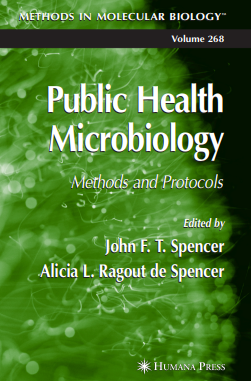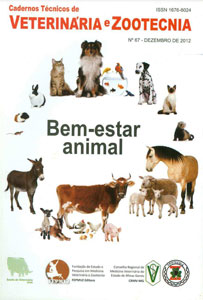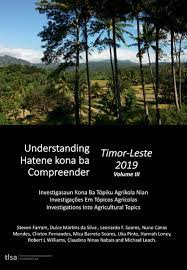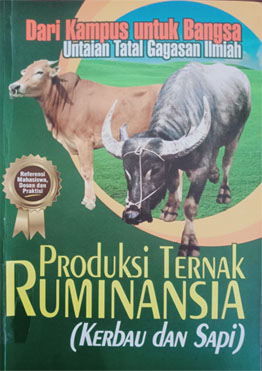Public Health Microbiology
Login
loginPublic Health Microbiology: Methods and Protocols is focused on microorganisms that can present a hazard to human health in the course of everyday life. There are chapters dealing with organisms that are directly pathogenic to humans, including bacteria, viruses, and fungi; on organisms that produce toxins during growth in their natural habitats; on the use of bacteriocins produced by such organisms as lactobacilli and bifidobacteria; as well as several chapters on hazard analysis, the use of disinfectants, microbiological analysis of cosmetics, and microbiological tests for sanitation equipment in food factories. Additional chapters look at the use of animals (mice) in the study of the various characteristics of milk and their relationships with lactic acid bacteria in particular. Other chapters focus on special methods for determining particular components of milk.
In particular, in Parts I and II, on bacterial and viral pathogens, special attention is given to methods for PCR detection of genes with resistance to tetracycline, as well as to Salmonella enterica; for identification and typing of Campylobacter coli; for detection of the abundance of enteric viruses, hepatitis A virus, and rotaviruses in
sewage, and of bacteriophages infecting the O157:H7 strain of Escherichia coli. Part III offers methods for computerized analysis and typing of fungal isolates, for isolation and enumeration of fungi in foods, and for the determination of aflatoxin and zearalenone.
Important pathogens discussed in Part IV include Legionella, amoebae, fungal conidia, and yeasts (by flow cytometry), Cryptosporidium parvum, and Erysipelothrix rhusopathiae. Protocols for the separation of pathogenic organisms from environmental matrices by immunomagnetic methods are also included here. Part V describes methods for spectrophotometric determination of histamine in fish processing and the antimicrobial effects of flavonoids from Tagetes species in Argentina. The uses of animals (mice) in studies of various characteristics of lactobacilli are
covered in the six chapters of Part VI, and Part VII includes special methods of analysis. The final part of Public Health Microbiology: Methods and Protocolsincludes three very important reviews, one on the microflora of the intestinal tract, another on the relation of the spread of pathogens from livestock and poultry production by disposal
of manure and similar wastes on agricultural land, and finally, a review of the threat to public health by the prion-based diseases, the several forms of transmissible spongiform encephalopathies, that is, mad cow disease, scrapie in sheep, wasting disease in elk and mule deer, and Creutzfeld-Jacob disease in humans. In actuality, all three animal conditions may be transmissible to humans. Chapters 51 and 52, in particular, should be required reading for all public officials, at all levels of government, who have a responsibility for public health.











